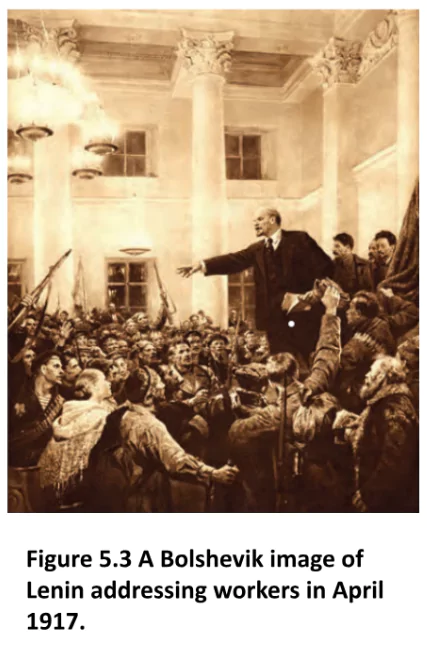![]() 19 Jul 2024
19 Jul 2024
In 1914, Russia and its empire were ruled by Tsar Nicholas II. The Russian Empire included current-day Finland, Latvia, Lithuania, Estonia, parts of Poland, Ukraine, and Belarus, stretching to the Pacific and comprising today’s Central Asian states, as well as Georgia, Armenia and Azerbaijan. The majority of the population was Russian Orthodox Christianity. The empire also included Catholics, Protestants, Muslims, and Buddhists.
Agrarian Society: At the beginning of the 20th century, the Russian population was dominated by agriculturalists. 85% of the Russian Empire’s population earned their living from agriculture which used to be cultivated for the market as well as for their own needs.
Political Landscape: Political parties in Russia were legal before 1914. In 1898, socialists founded the Russian Social Democratic Workers Party, which respected Marx’s ideas.
Autocratic Russia: Russia was an autocracy, and even at the beginning of 20th century, the Tsar was not subject to Parliament.
Outbreak of World War I: In 1914, war broke out between two European alliances – Germany, Austria, and Turkey (the Central powers) and France, Britain, and Russia (later Italy and Romania joined).
Divided Opinion: Petrograd City was divided among its people. On right bank of River Neva, worker’s quarters and factories were located, and on the left bank located fashionable areas such as Winter Palace and official buildings.
Under the Provisional Government, army officials, landowners, and industrialists were influential. Liberals and socialists worked towards an elected government. Restrictions on public meetings and associations were removed.

Growing Tensions: The conflict between the Provisional Government and the Bolsheviks grew.
| Must Read | |
| Current Affairs | Editorial Analysis |
| Upsc Notes | Upsc Blogs |
| NCERT Notes | Free Main Answer Writing |
February and October Revolutions marked pivotal turning points for Russia. These events catalyzed systemic changes, exposing vulnerabilities and creating opportunities. The groundwork laid in these periods will likely shape Russia’s future trajectory.
| Related Articles | |
| Impact of French Revolution On India | Council of Ministers |
| Largest Country in the World Russia | Measures for India’s Social Inequality: Economic, Social, and Political Strata in India |
<div class="new-fform">
</div>